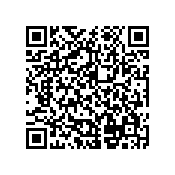On 5 April 2016 the JRC presented the interactive and collaborative online European Energy Efficiency Platform. This beta platform is conceived to fill the gap opened by scattered data and fragmented knowledge resulting from a rapidly growing energy efficiency market. It is expected to be both a one-stop shop for information retrieval and a meeting point for experts to exchange data and reduce redundant activities.
Stochastic frontier analysis by means of maximum likelihood and the method of moments
The stochastic frontier analysis (Aigner et al., 1977, Meeusen and van de Broeck, 1977) is widely used to estimate individual efficiency scores. The basic idea lies in the introduction of an additive error term consisting of a noise and an inefficiency term. Most often the assumption of a half-normal distributed inefficiency term is applied, but other distributions are also discussed in relevant literature. The natural estimation method seems to be Maximum Likelihood (ML) estimation because of the parametric assumptions. But simulation results obtained for the half normal model indicate that a method of moments approach (MOM) (Olson et al., 1980) is superior for small and medium sized samples in combination with inefficiency not strongly dominating noise (Coelli, 1995). In this paper we provide detailed simulation results comparing the two estimation approaches for both the half-normal and the exponential approach to inefficiency.
Based on the simulation results we obtain decision rules for the choice of the superior estimation approach. Both estimation methods, ML and MOM, are applied to a sample of German commercial banks based on the Bankscope database for estimation of cost efficiency scores.





To quote this publication use the follonwing format: